An Insider’s Guide to the Golden Era of UK Hip-Hop
May 29, 2024In the UK, hip-hop culture started emerging in the early 80s with rappers, DJs, graffiti writers and breakdancers taking their cues from what was happening stateside and putting their own spin on it. Crews formed across the country as like-minded people started making music together and building communities. And in London, there was a British-Jamaican teenager with a film camera documenting it all.
Normski Anderson grew up in north-west London. His parents bought him a camera when he was 10 years old, and he began photographing friends, family, and everything that was happening around him. His mum and stepdad both worked for Transport for London and brought darkroom equipment home from the Transport Photography Centre, which they set up in the bathroom. “I’d bunk off school just take to pictures and go and do fucking printing in my darkroom while my mum was at work,” he remembers. “Everyone now talks about OCD and ADHD – I had all of that. The dark room was a way for me to release all of that. I’d be in there all day, sometimes all night.”
Normski was drawn to hip-hop and street culture after seeing Beat Street in 1984, a coming-of-age film about rappers, DJs and breakdancers in New York. “We were like, oh my God?!” he says. “Those guys are in matching tracksuits, they’ve got colourful trainers, headbands on, they’re spinning on the floor. They look like acrobats… We want to be part of that!”
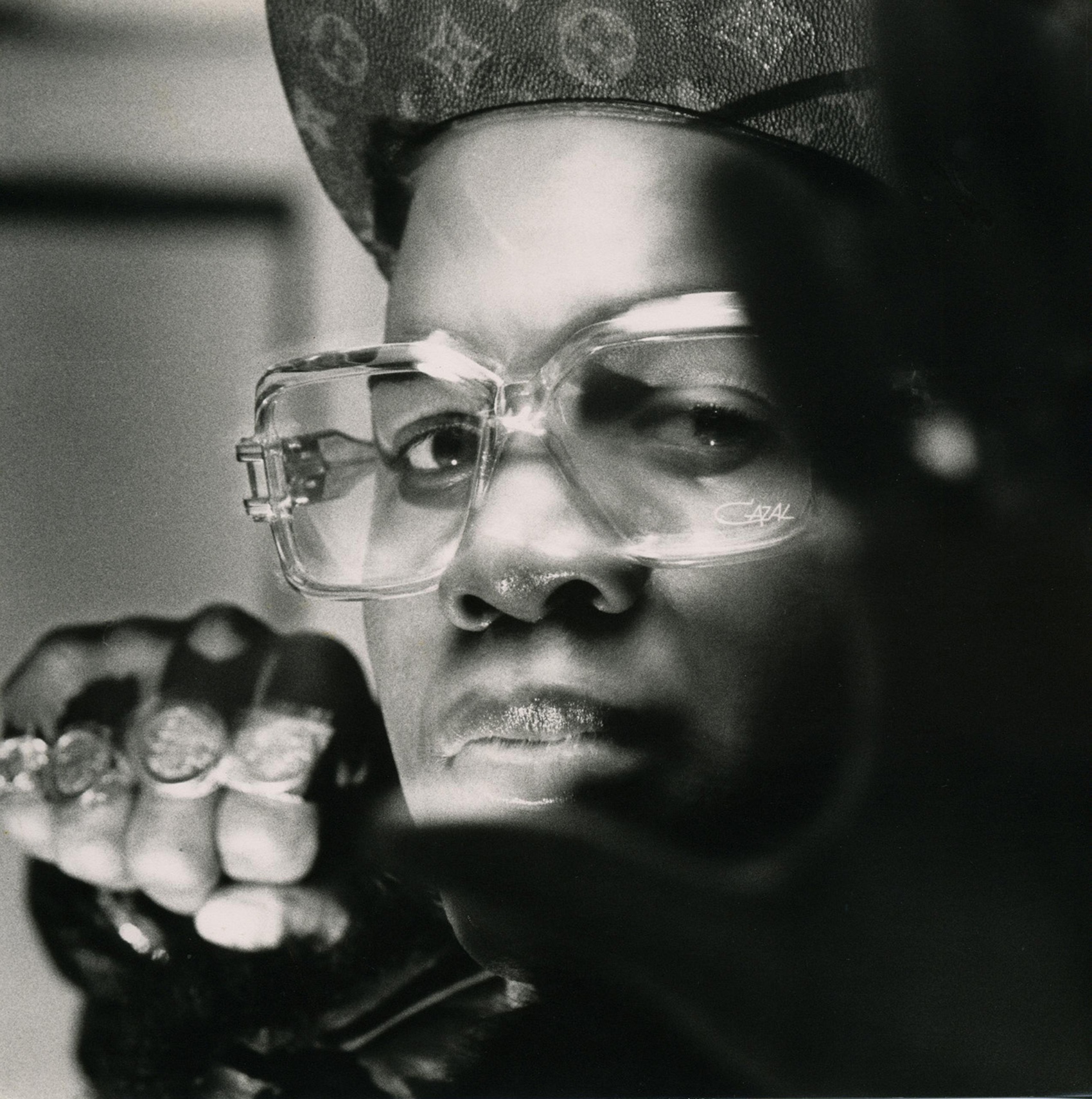
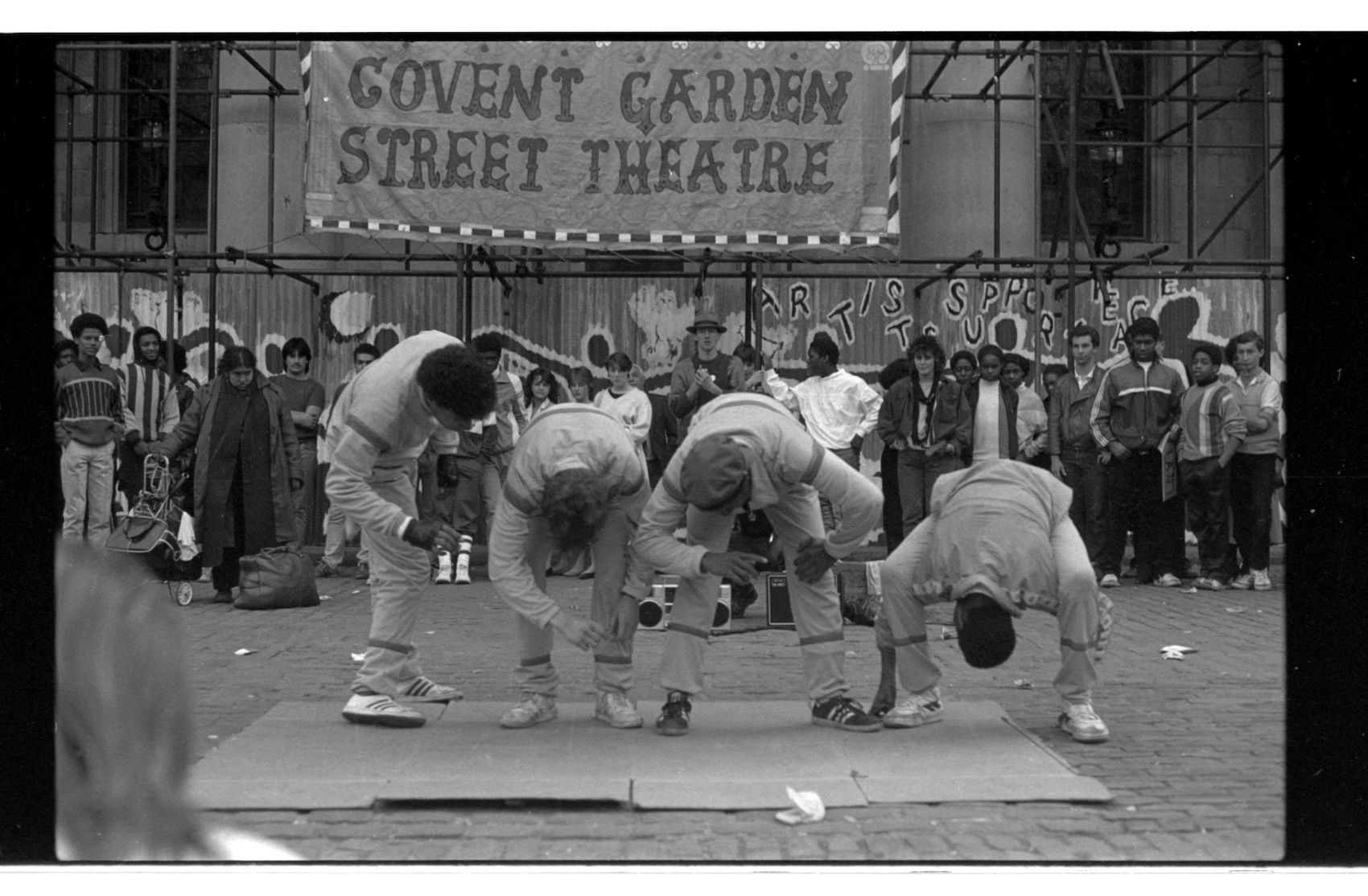
He soon found himself shooting live shows every weekend, taking press shots for local rappers and photographing breakers as they busked in central London. “I was touched by it,” he says. “I saw people that looked like me, and that made me feel like this is the place for me now. I've finally got something for me. That’s really why I fell into it with open arms.”
Looking back, he now realizes that he was one of the only people photographing the burgeoning scene in which he was embedded. He explains: “A load of my photos are just portraits of young, mostly Black, inner-city kids. This was a time in culture and society where, had I not taken these photographs, there would have been a whole lot less photographs of that scene.”
“This was a time in culture and society where, had I not taken these photographs, there would have been a whole lot less photographs of that scene.”
He began getting his snaps published in the seminal British magazine Hip Hop Connection and soon became an integral part of the team there. “Without the adrenalin shot of Normski’s imagery, Hip Hop Connection might never have made it to a second edition,” remembers Andy Cowan, the magazine’s editor from 1989 to 2009.
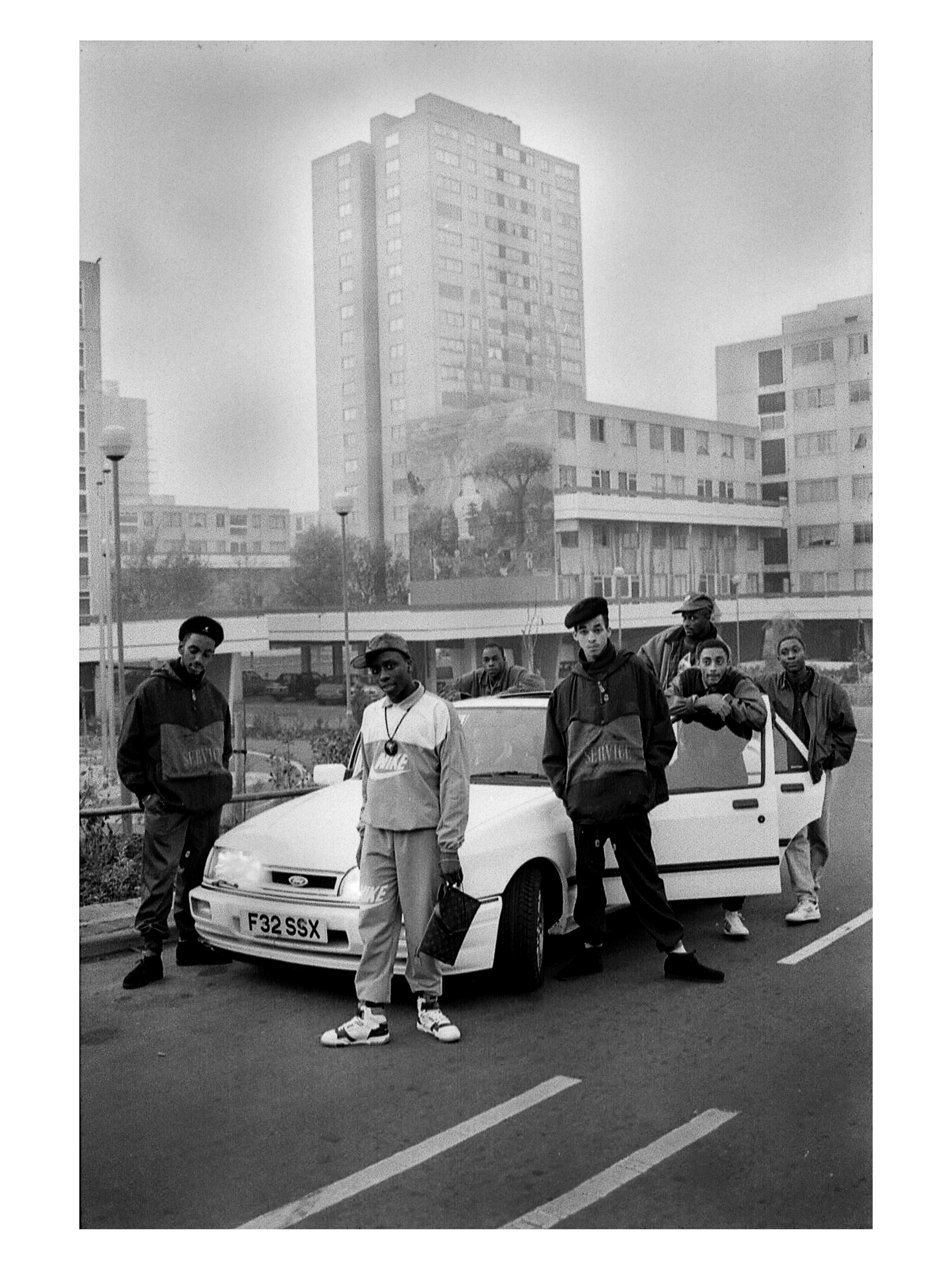
As the culture grew, Normski landed a job presenting Dance Energy, a magazine show on BBC2 that covered music, fashion, skateboarding and youth culture. By this point, the scene had ascended from the deep underground to within touching distance of the mainstream. “We'd never have thought back then that the thing we were into would blow up,” says Normski. “We just created our own world, you know, like all subcultures do. You're forced to create your own culture.”
He knew things were changing when he heard a hip-hop beat used as the incidental music on BBC News, as well as Masterchef. “Now, all these years later, there’s mums walking around in fucking puma tracksuits! Now everyone's on it. You can't control it. Every motherfucker, no matter what colour you are or where you come from,” he says.
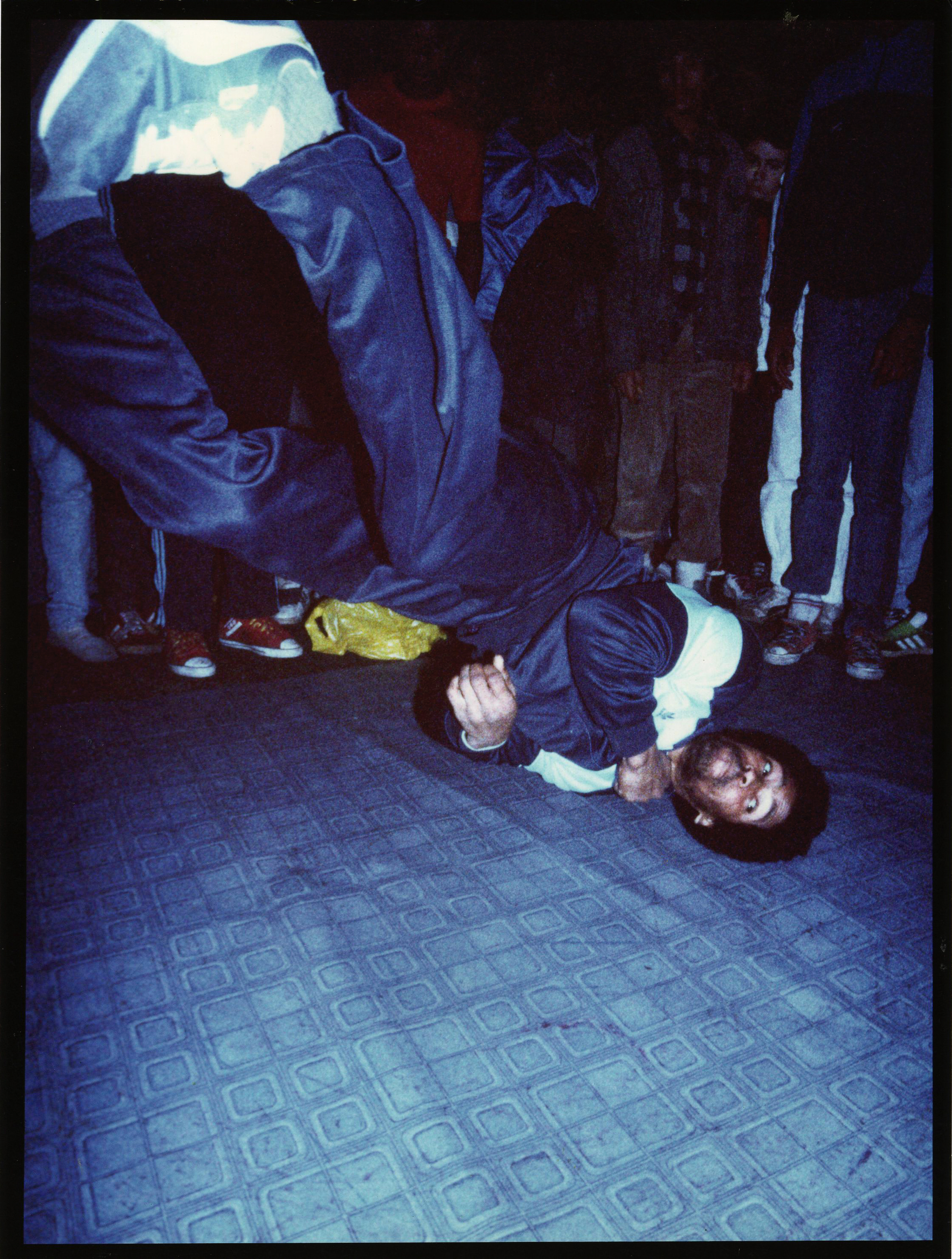
His dedication to documenting Black culture took him from the early days of UK hip-hop to shooting big stars from the States like Public Enemy and De La Soul. He saw it all, from the sound system culture of Notting Hill Carnival right through to the birth of techno. “I tried to capture the essence of a lot of artists in their early days. Some of which have turned into mega stars. Some of which are sadly no longer with us,” says Normski.
His life’s work has now been compiled in a book, The Man With The Golden Shutter, published by ACC Art Books. “I see my book as a celebration, really. A celebration of a movement from its very early stages.”
Below, we asked him to talk us through a few of the most impactful photos.
Hijack the Terrorist Group
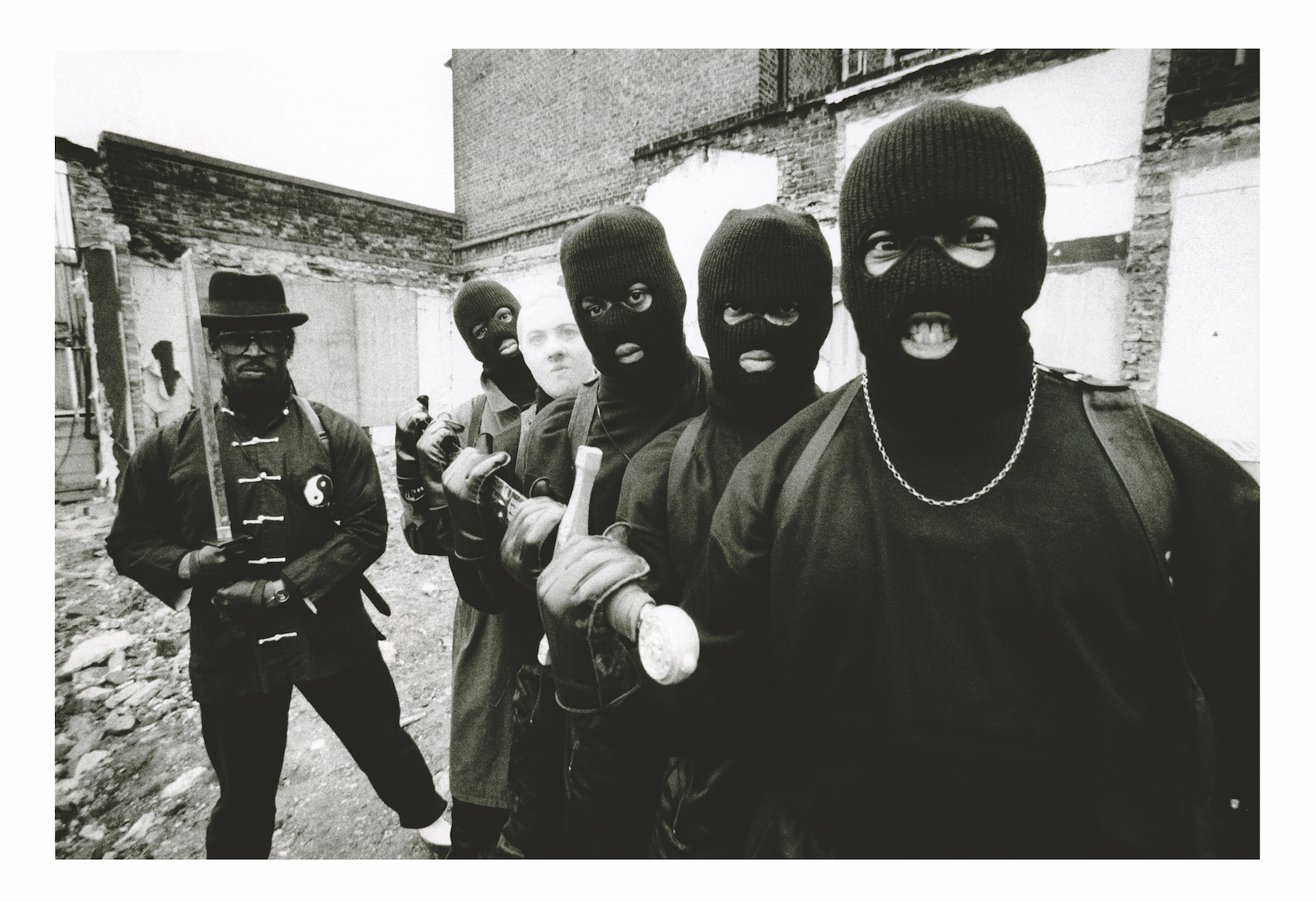
“This is Hijack the Terrorist Group from South London. They took no prisoners. Ulysses [left], who sadly passed away last month, was a really important part of the group. He didn’t rap or DJ, but he was the overseer of the yin and yang, the balance. I loved the white guy who was part of the crew – you can just about make him out. He’s got a fucking stocking over his head like he was going to rob a bank! It couldn’t get any rougher.
“What I love about this is that they brought a fucking broad sword to the photoshoot. This was available as a poster in the UK for about a week, but then the fucking IRA did some work at Harrods and it was deemed in bad taste to have guys in balaclavas.
“We had to climb a 15 to 20 feet wall to get into this spot. It was all derelict buildings. A couple of police came from nowhere – I don’t know how they got onto the plot. I said I was doing a college project about these rappers. They told us to finish up the shoot and get off the land, and get rid of the swords otherwise they were going to arrest us. On my shoots it’s about capturing a moment in time, and sometimes I think the less time you have the more you emphasise the moment.”
Cookie Crew
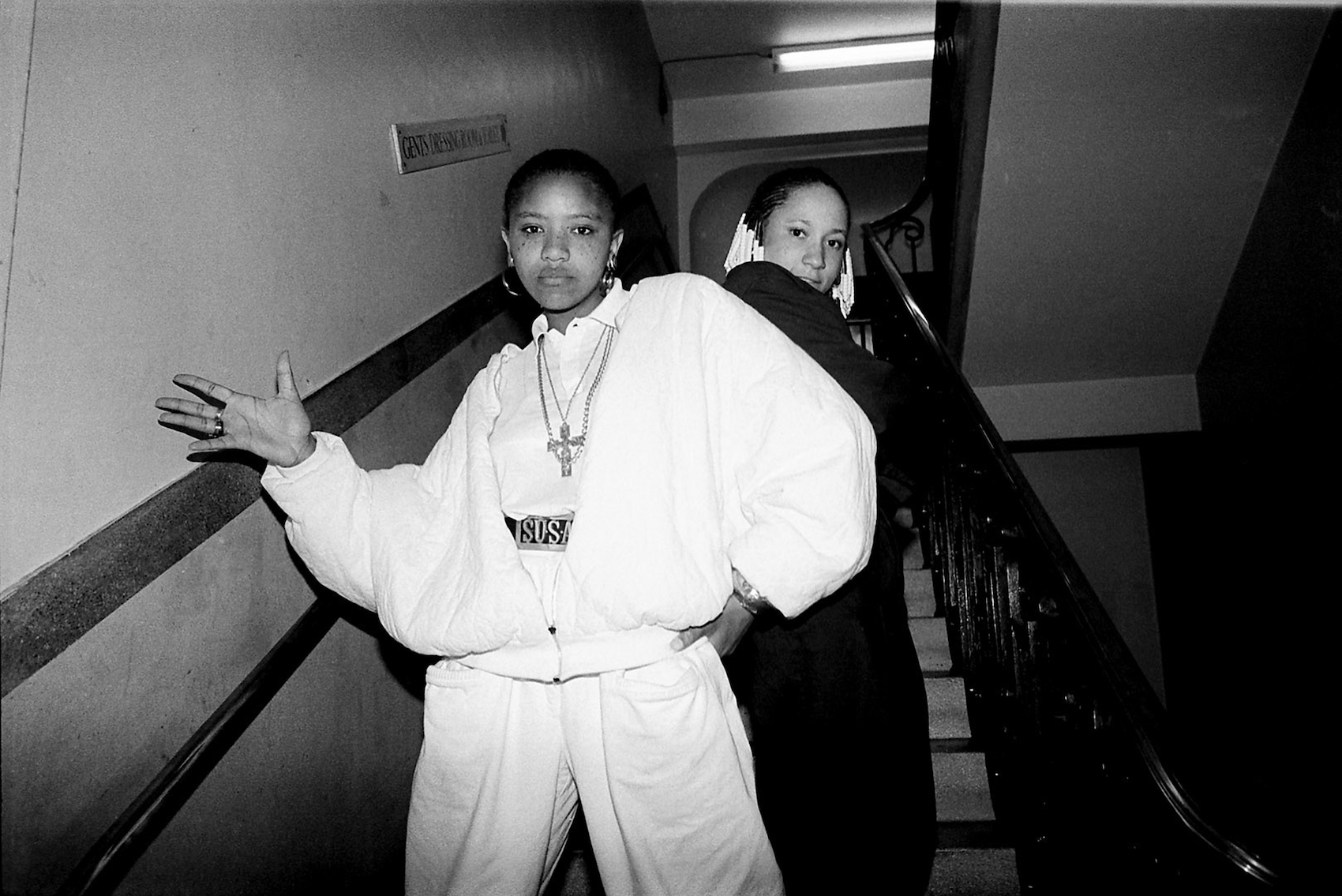
“These [Cookie Crew] were part of the first major signings. Along with Monie Love and a few others, these girls were smashing it – they were a very big part of it. At the time, I wanted to get some of those dynamic American shots, and one of the things I love about British artists is that they’re not quite American, so you don’t quite get that dynamic.
“This was taken at Camden Town Hall for Hip-Hop Alliance. That was fronted by a guy called Ricky Rennalls – he saw the light and realised that hip-hop was a good thing for young people to get them off the streets. He had this space for young people to learn to DJ, do graffiti and dance. I owe a lot to Ricky Rennalls and Hip-Hop Alliance. They were keen and they saw me as a young Black photographer and invited me down.”
1990s Street Style
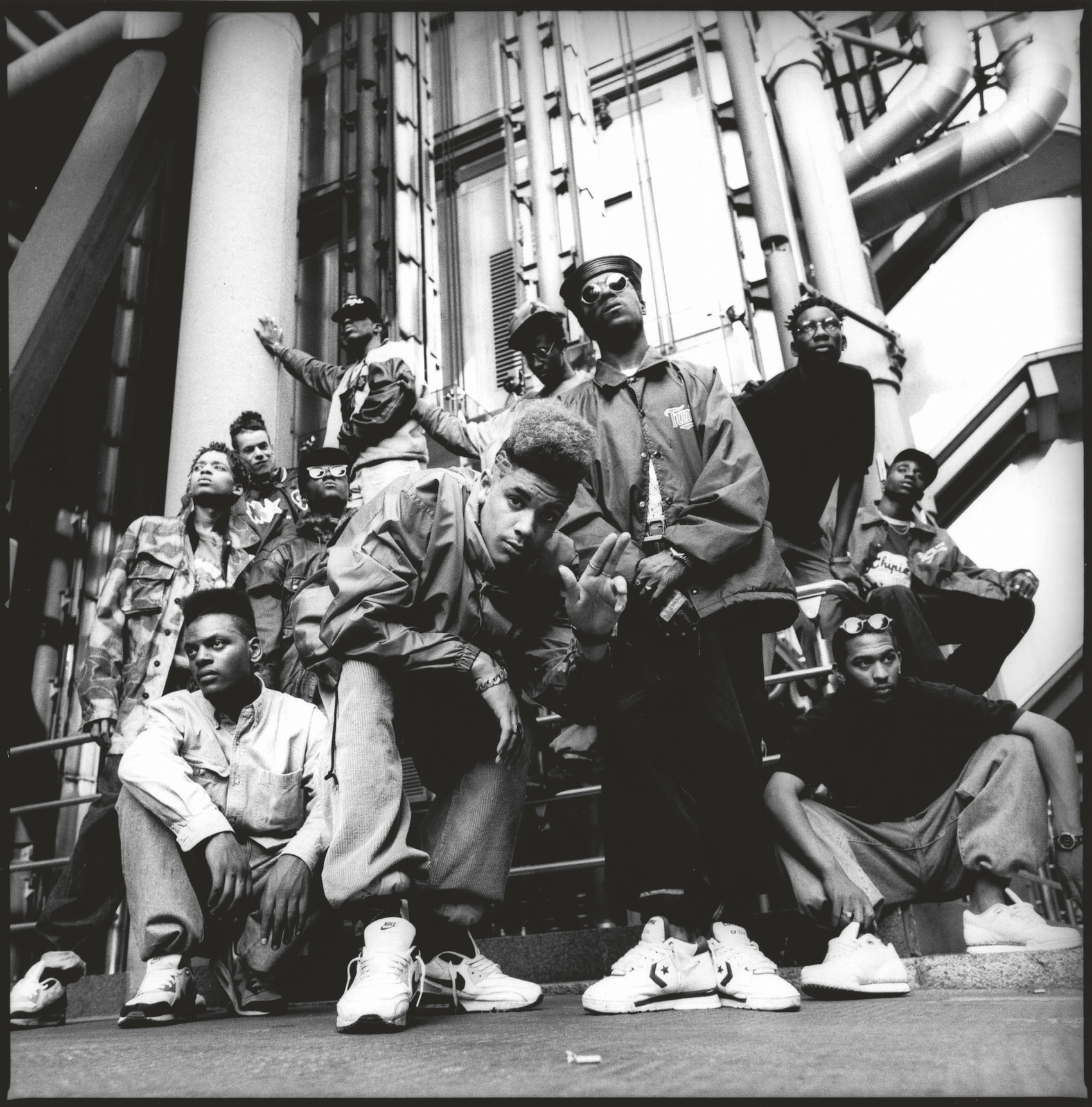
“This is the perfect example of intimidating your environment. This is in front of the Lloyds Bank building, which was new at the time. This photo is in the V&A archives now; it’s seen as an example of 1990s street style. The different races, the different fashion, haircuts, everything.”
The Ultramagnetic MCs
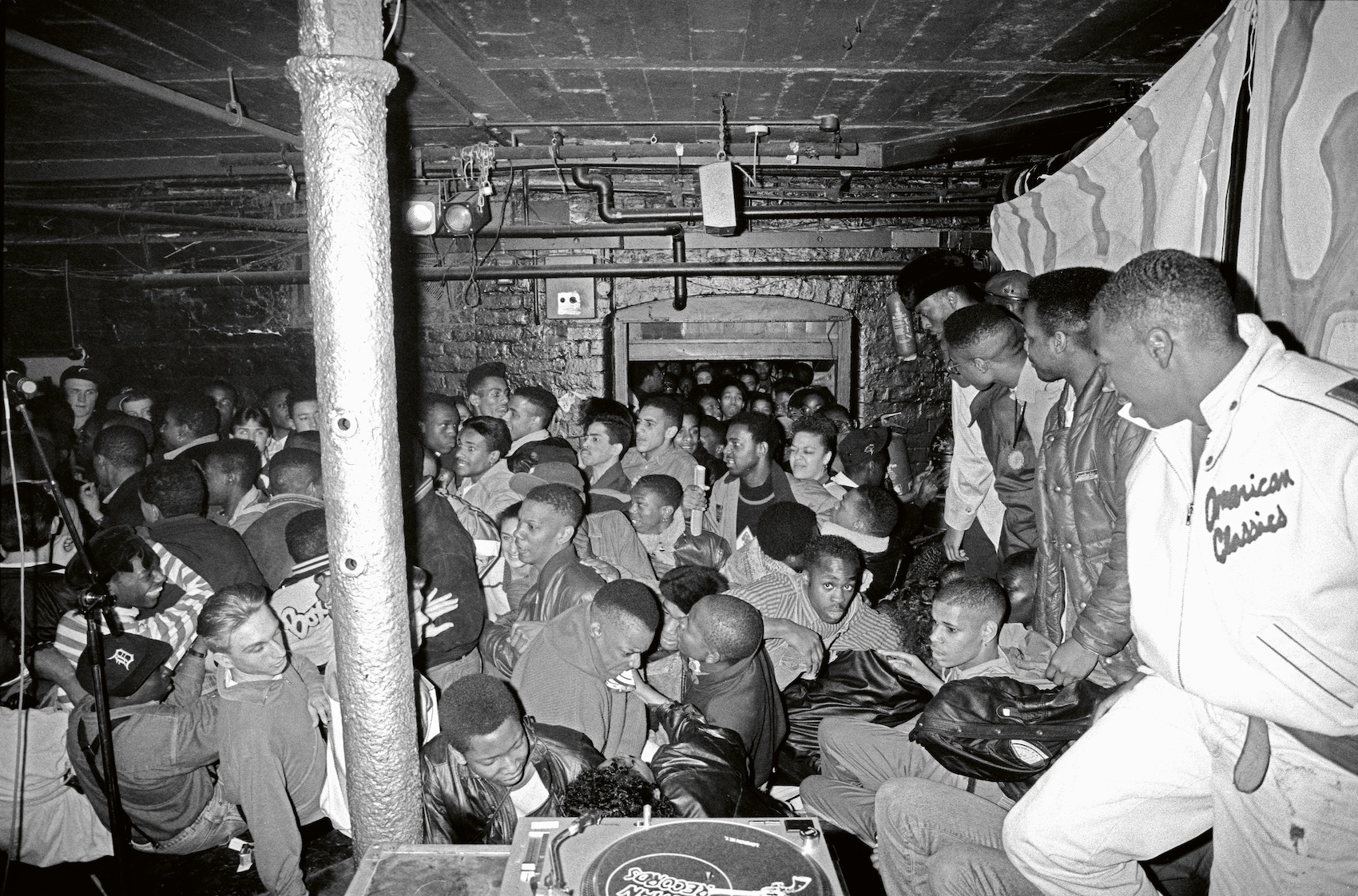
“This is what we used to call a bum-rush. The gig was totally oversold, and it was a small venue for a massive band. The bookers just thought hip-hop was a fad, like skateboarding was in the 70s. The rush came in so hard and fast, I had to jump up out of the crowd so I didn’t get crushed. These youths would’ve done anything to see the Ultramagnetic MCs. They did the show with the back door open in the end.
“A lot of groups would come from the US and wouldn’t realise they had a fanbase over here; that there were people like them who were into the music. Hip-hop made these really big gaps between people smaller, and brought people together through music.”
These photos were taken from The Man With The Golden Shutter, which is out now on ACC Art Books UK.
